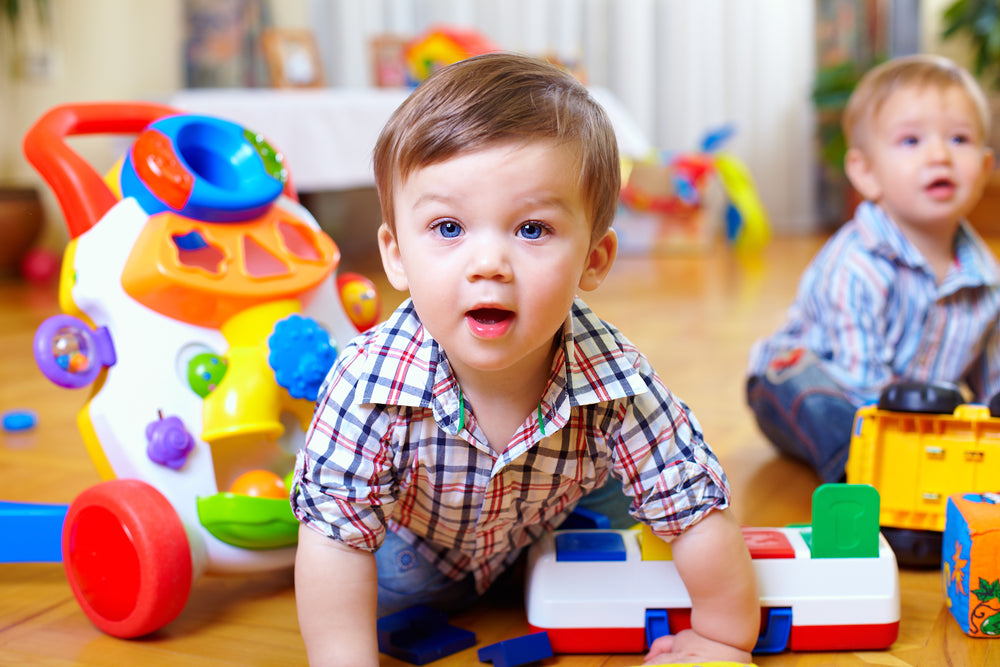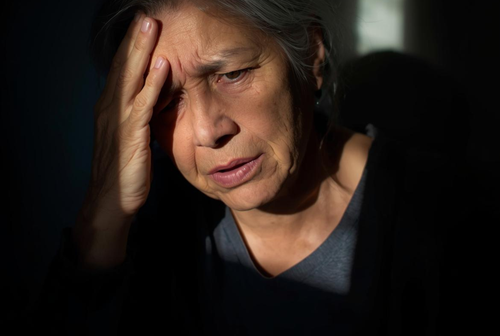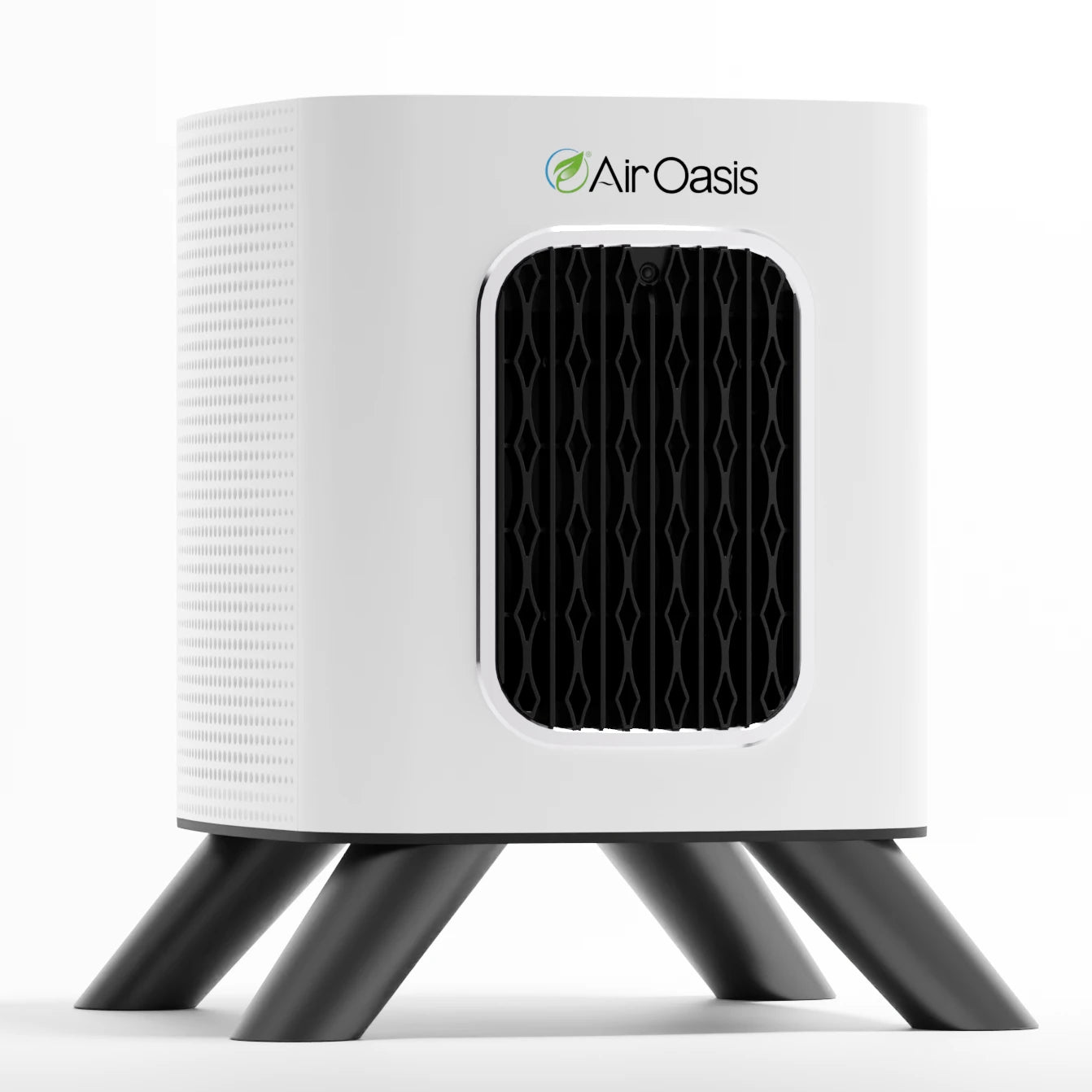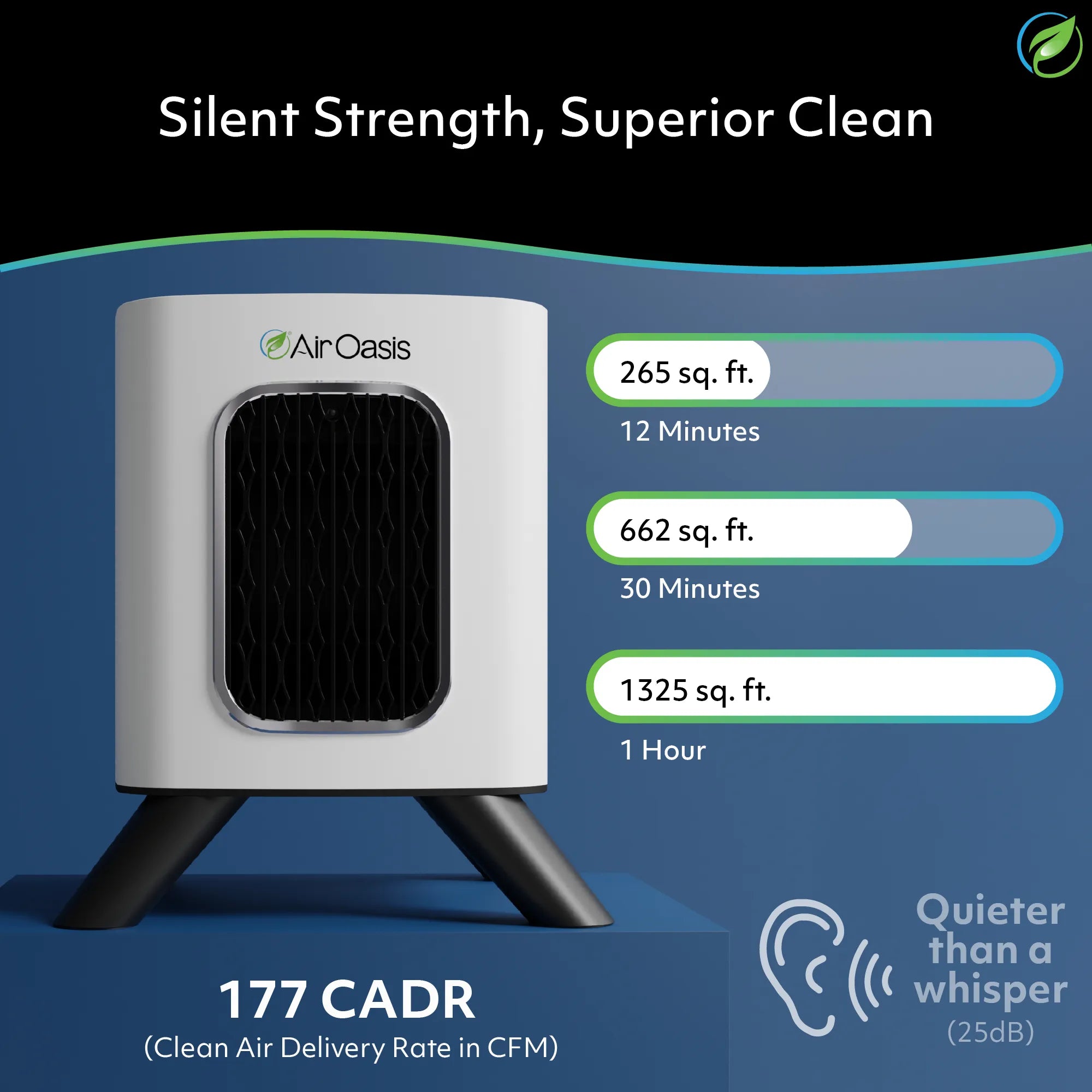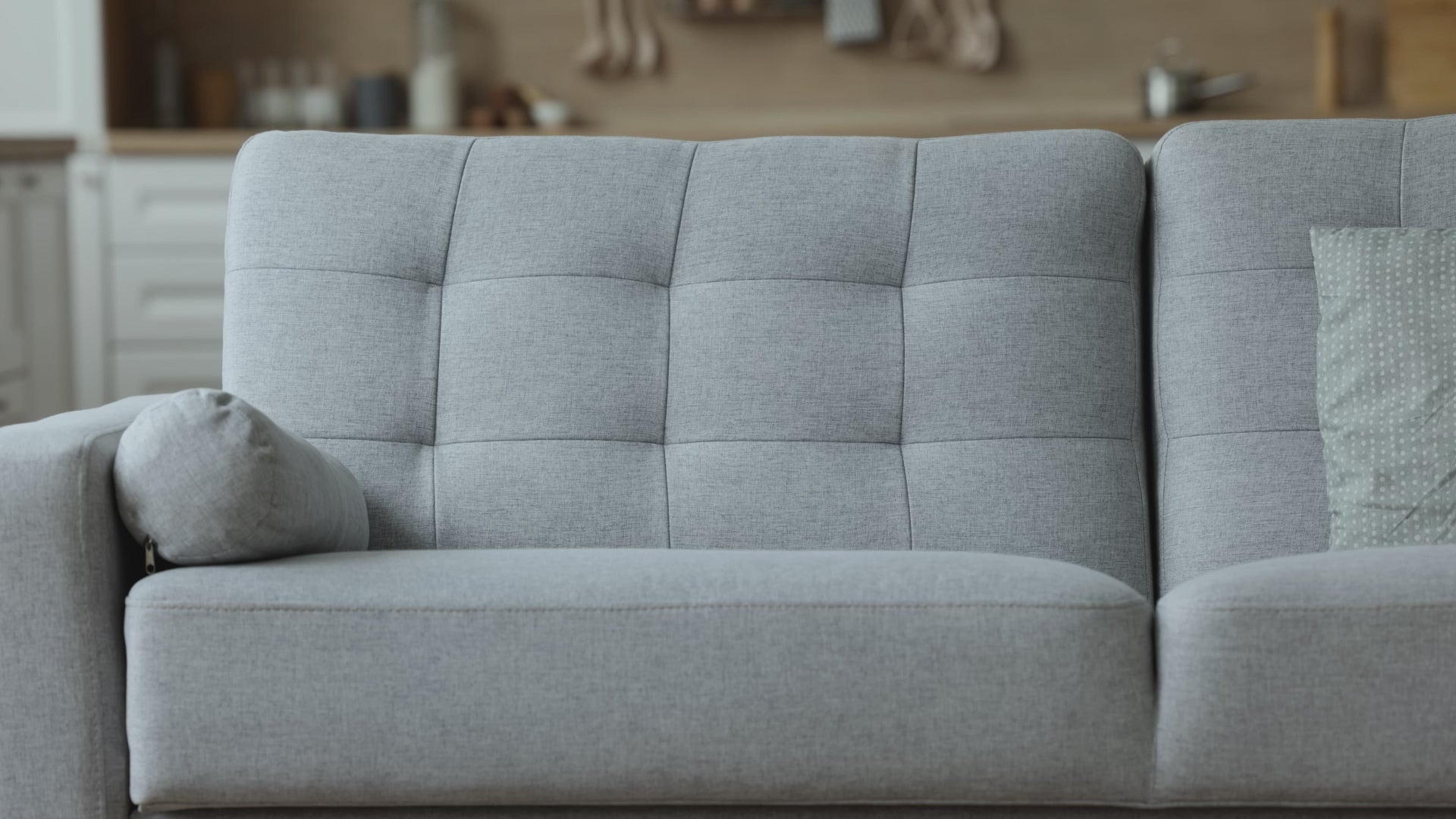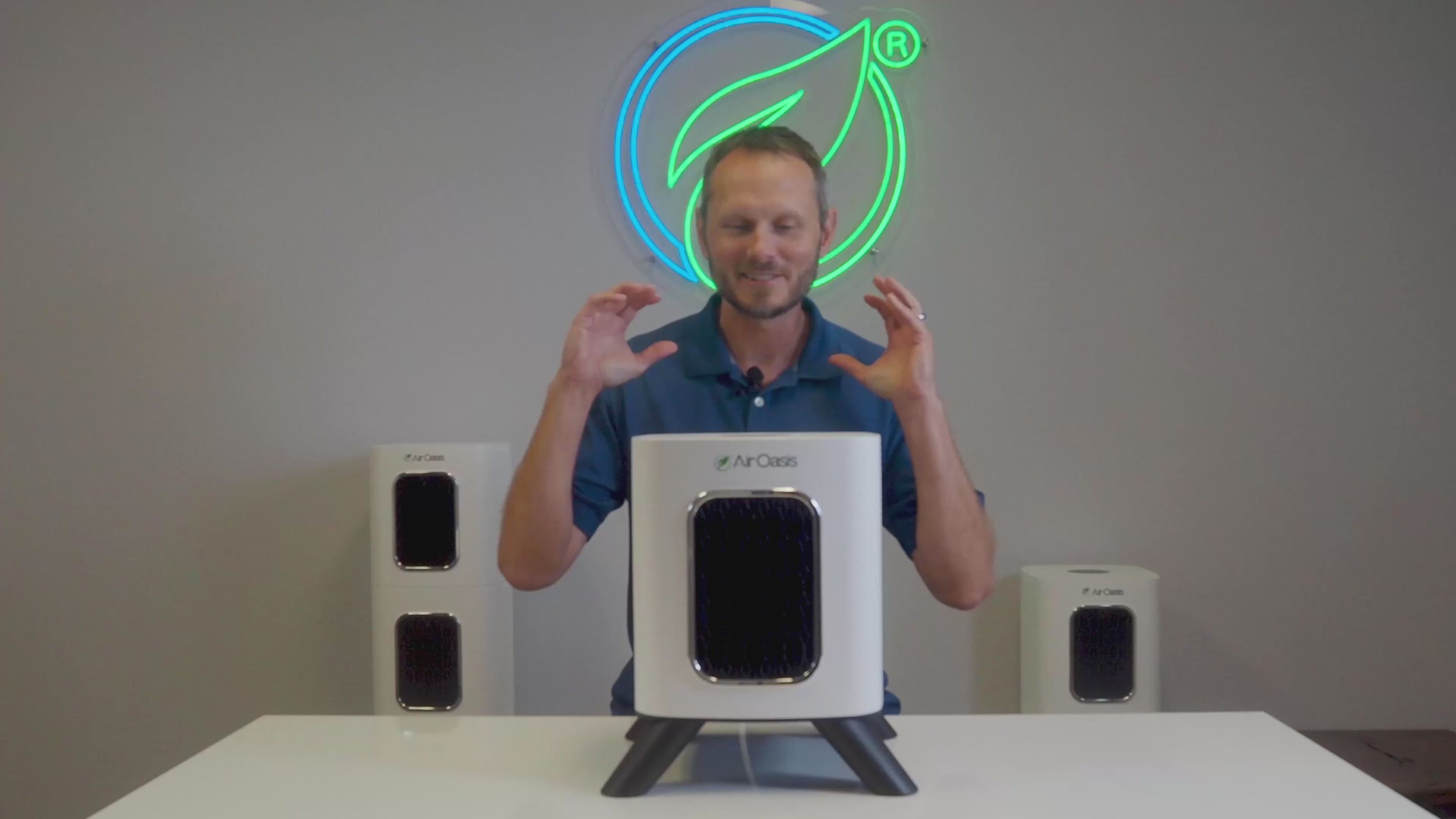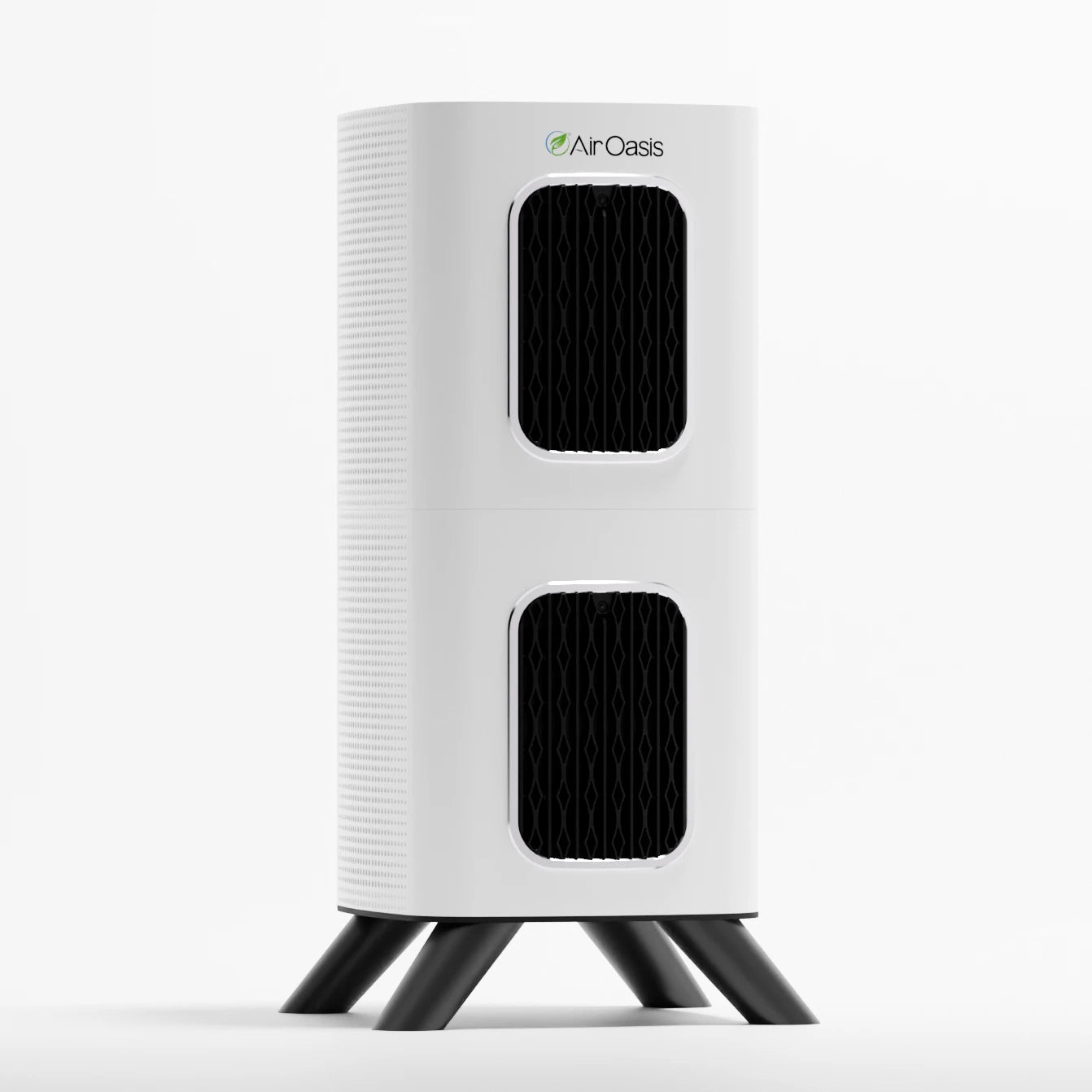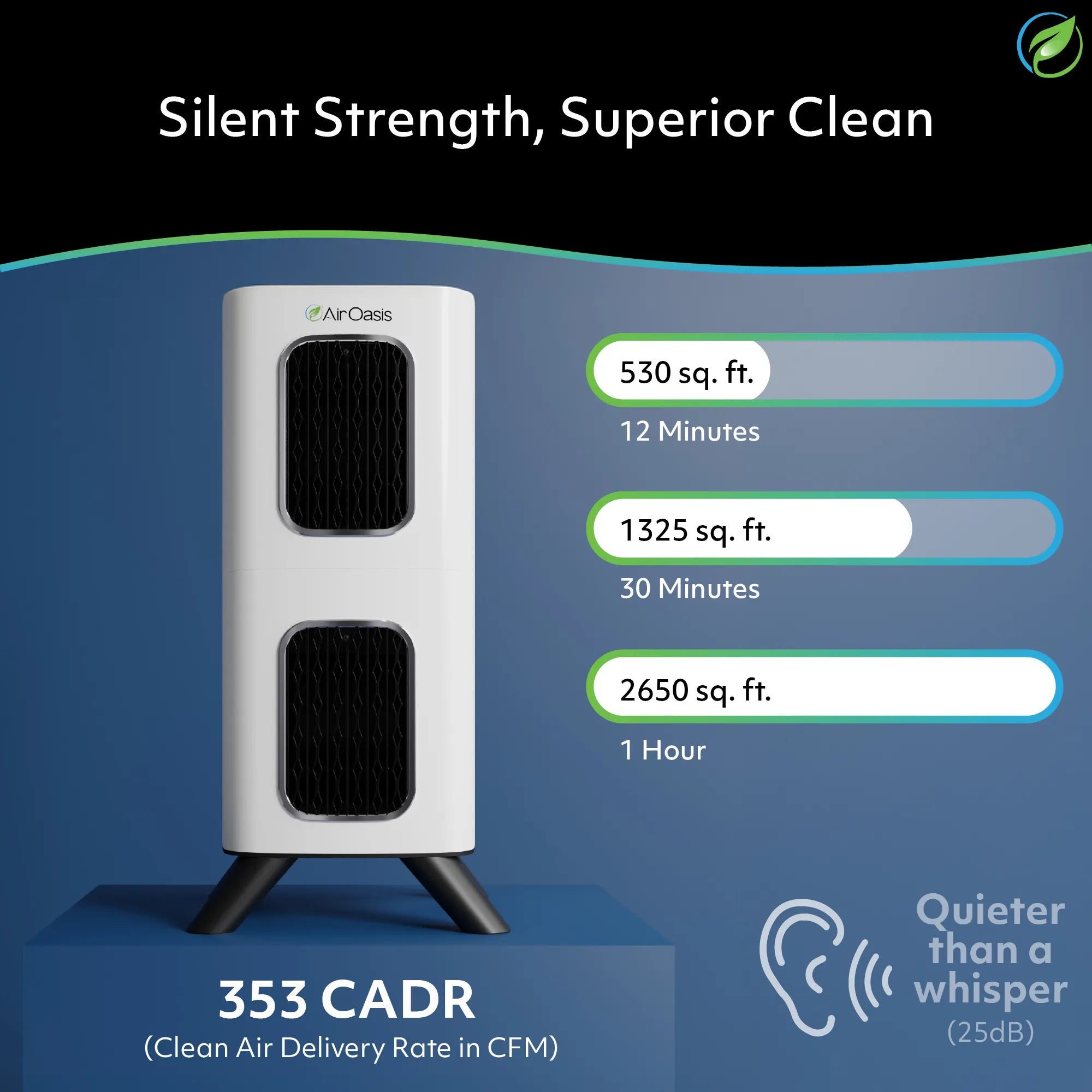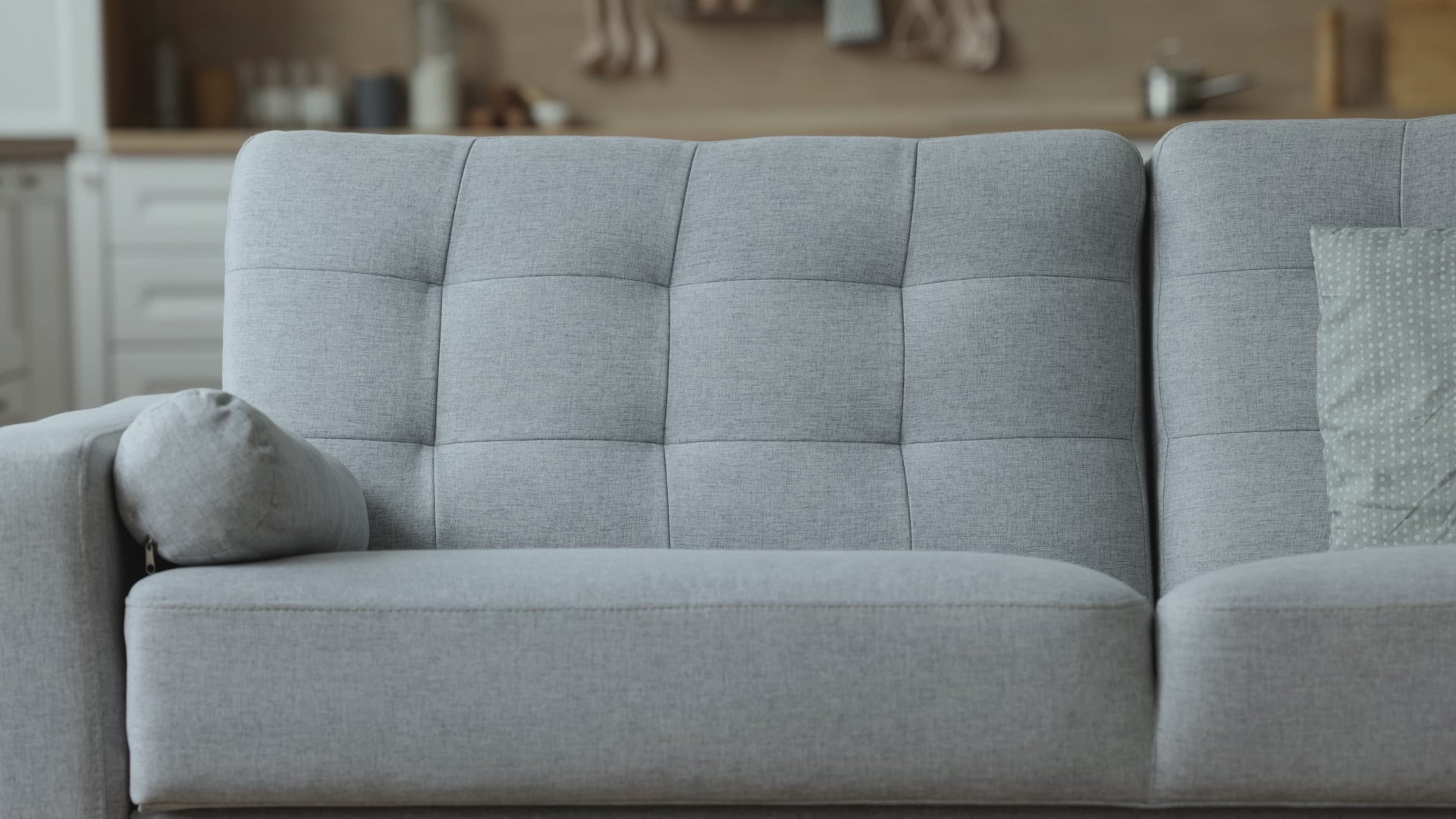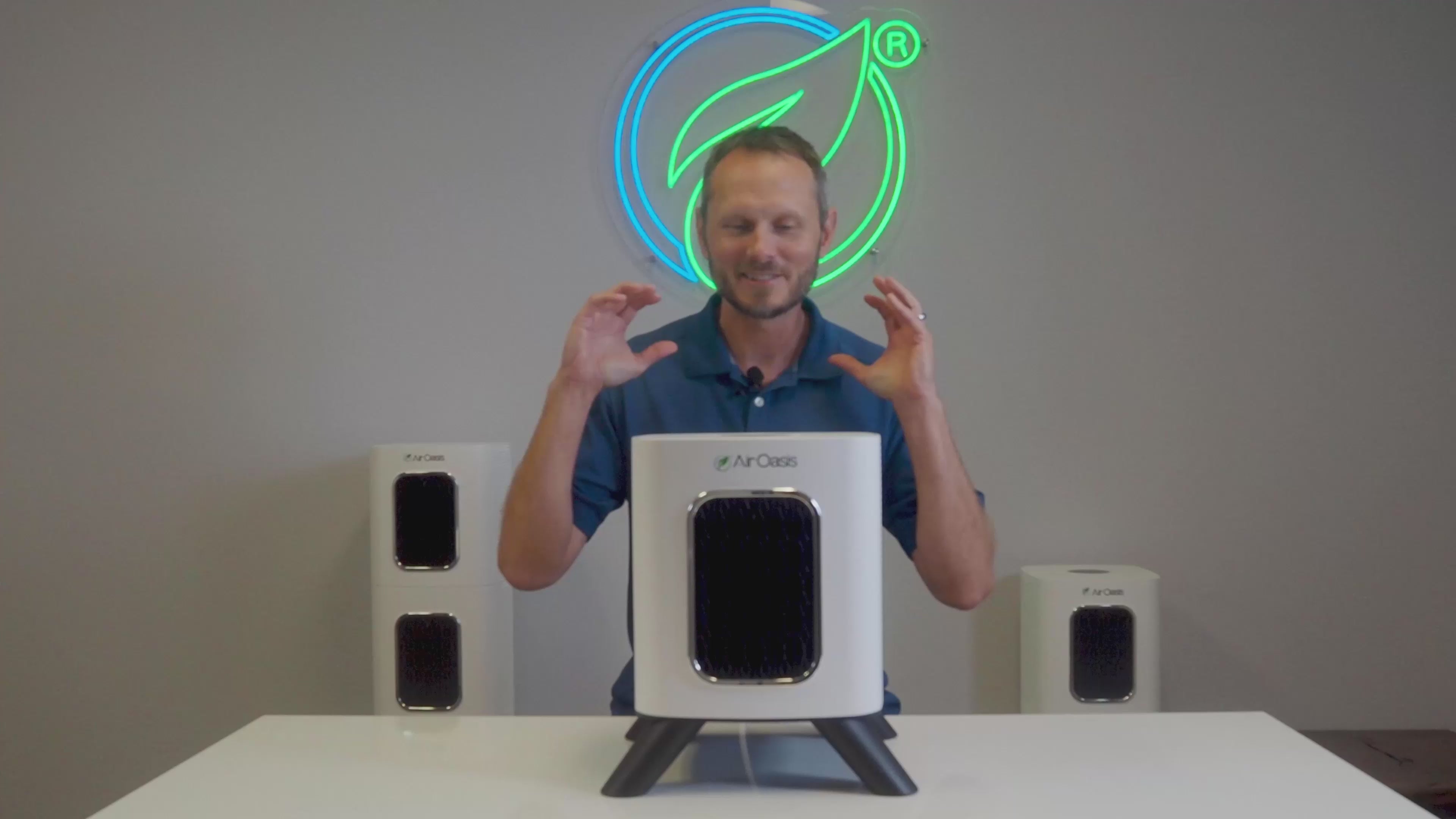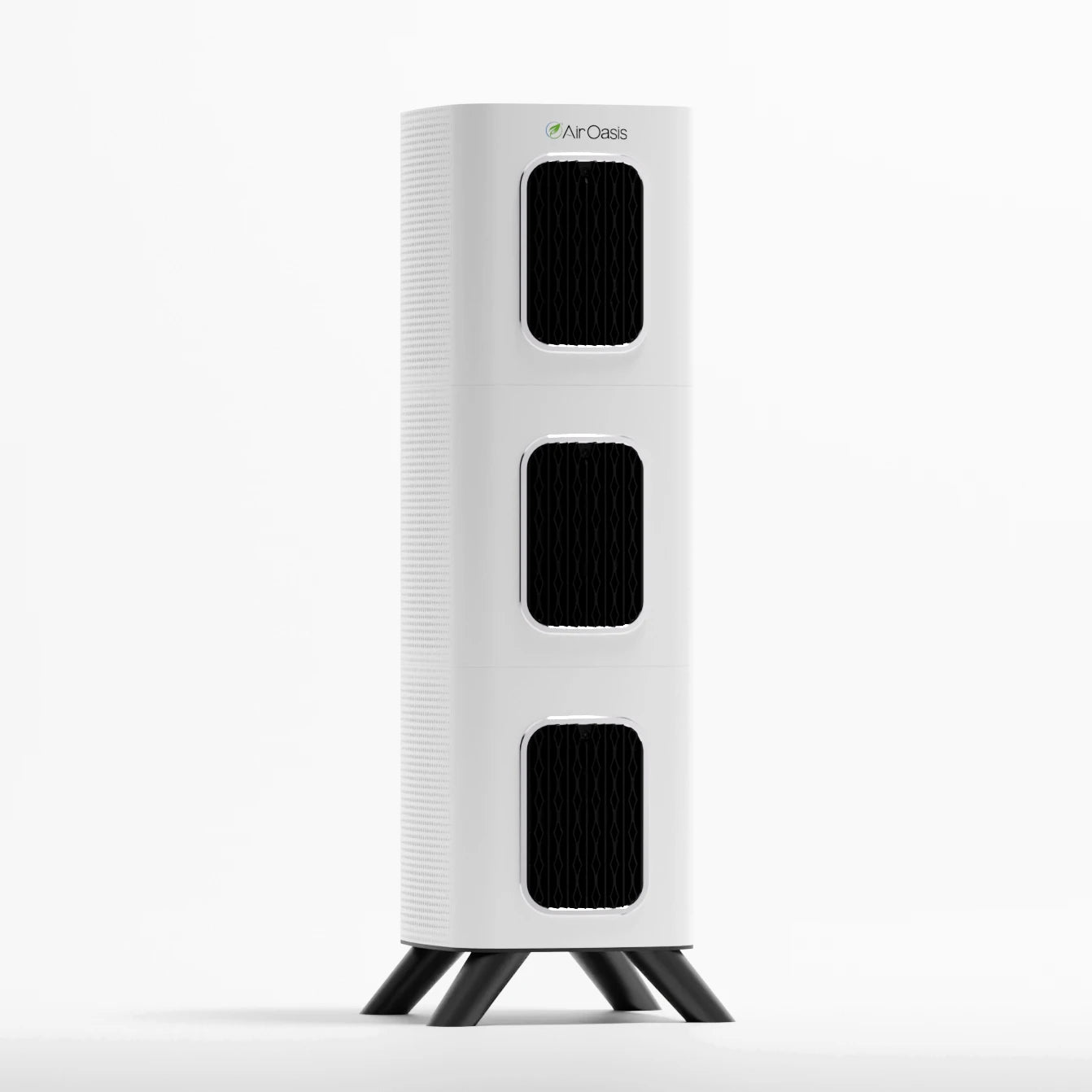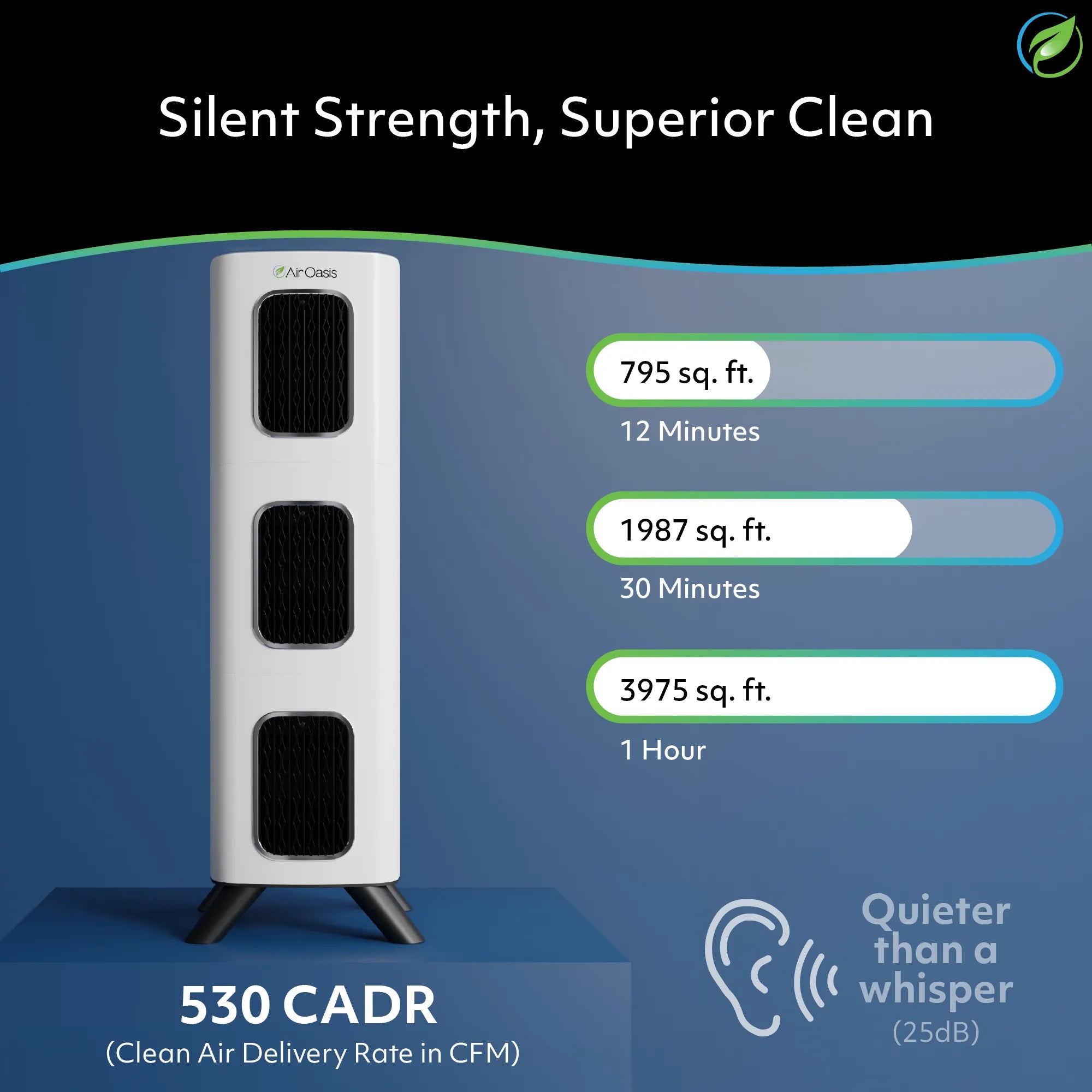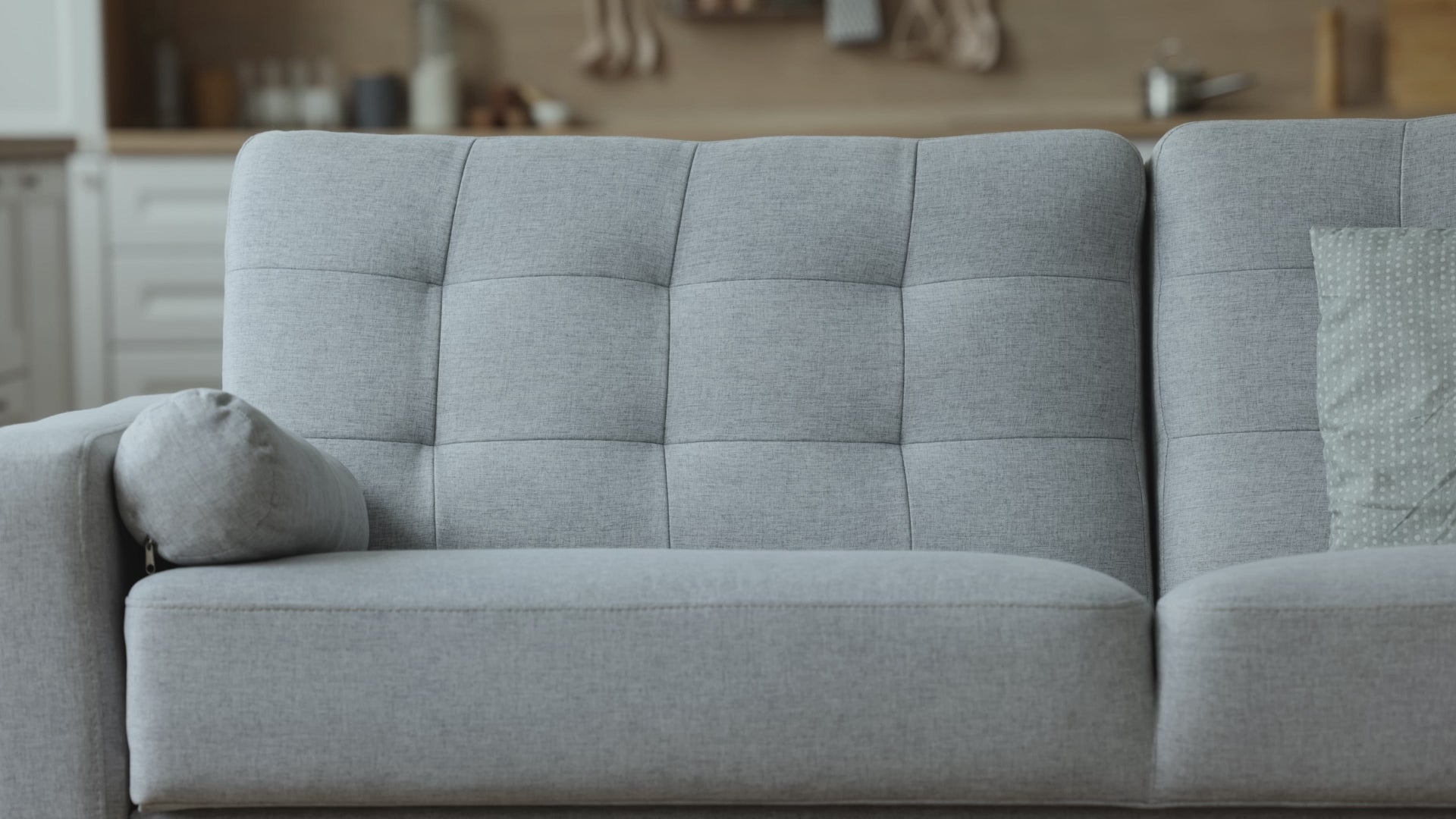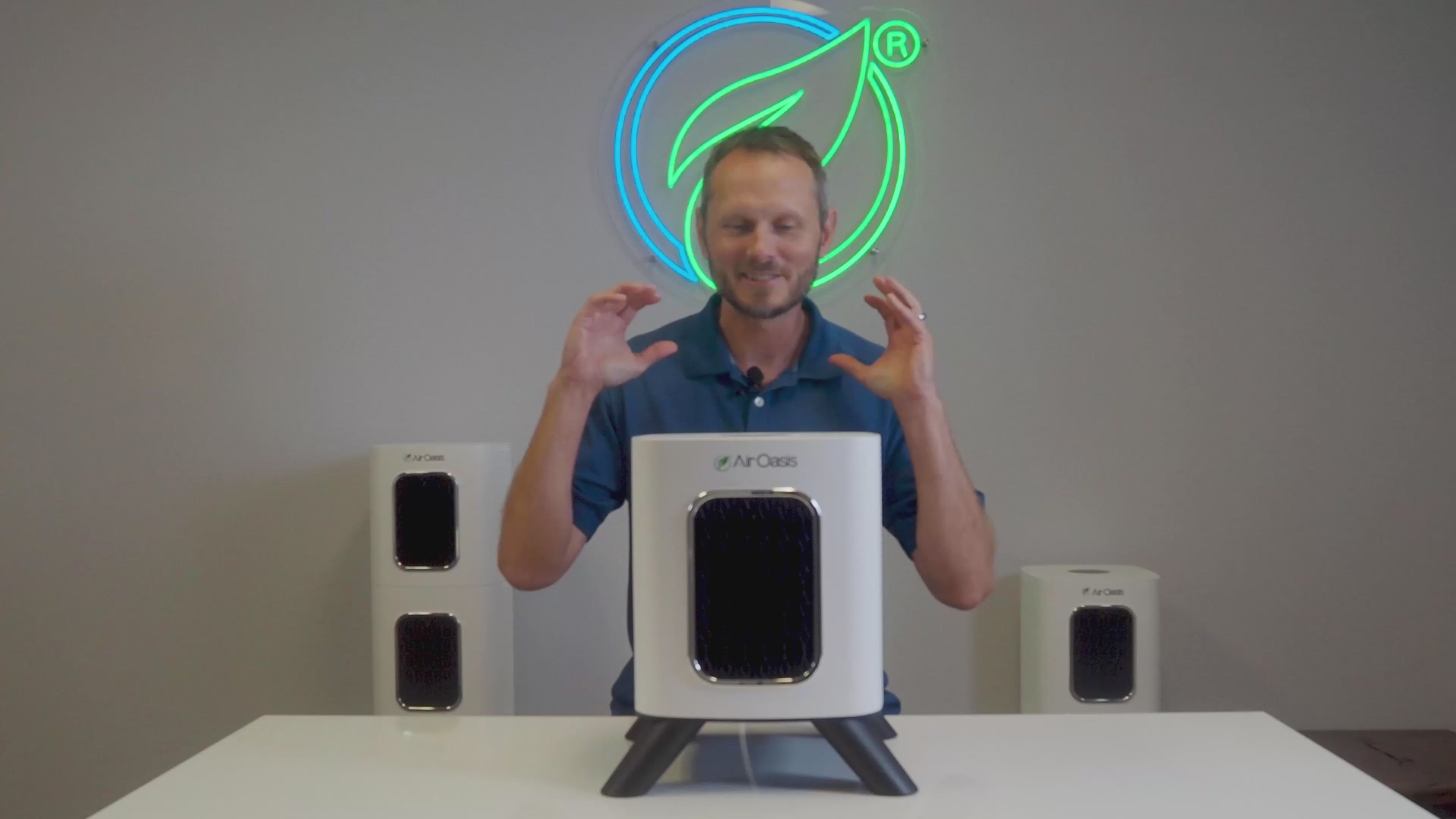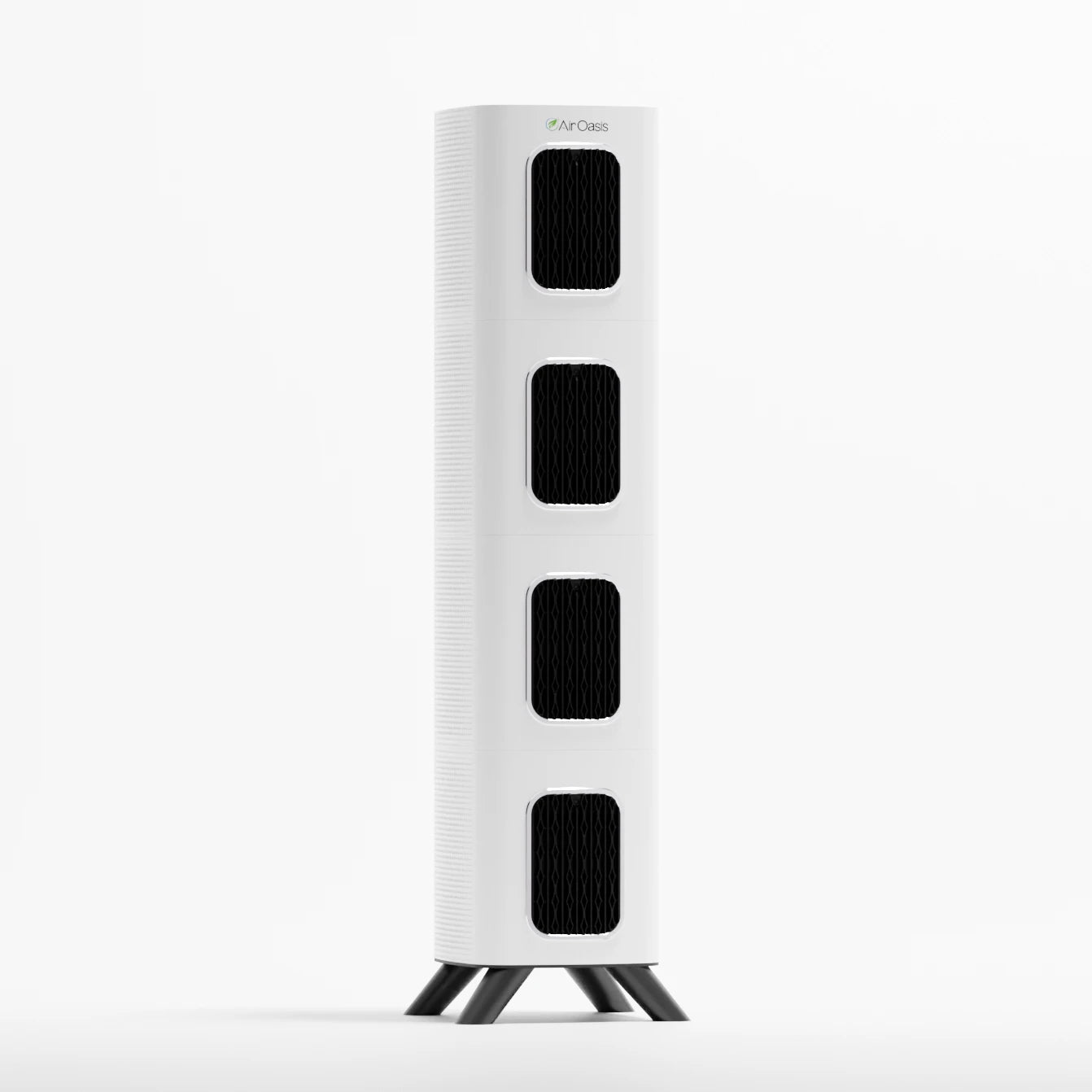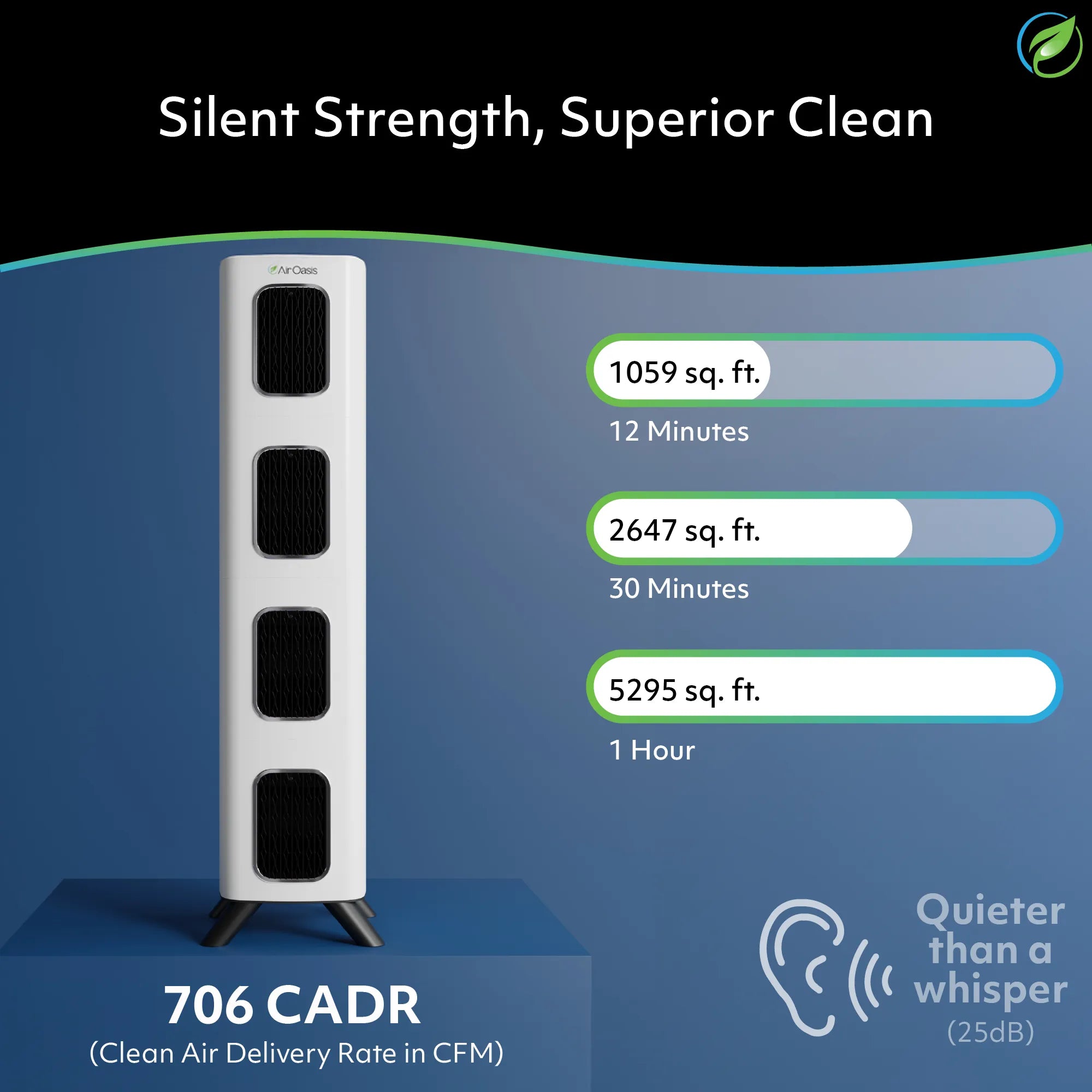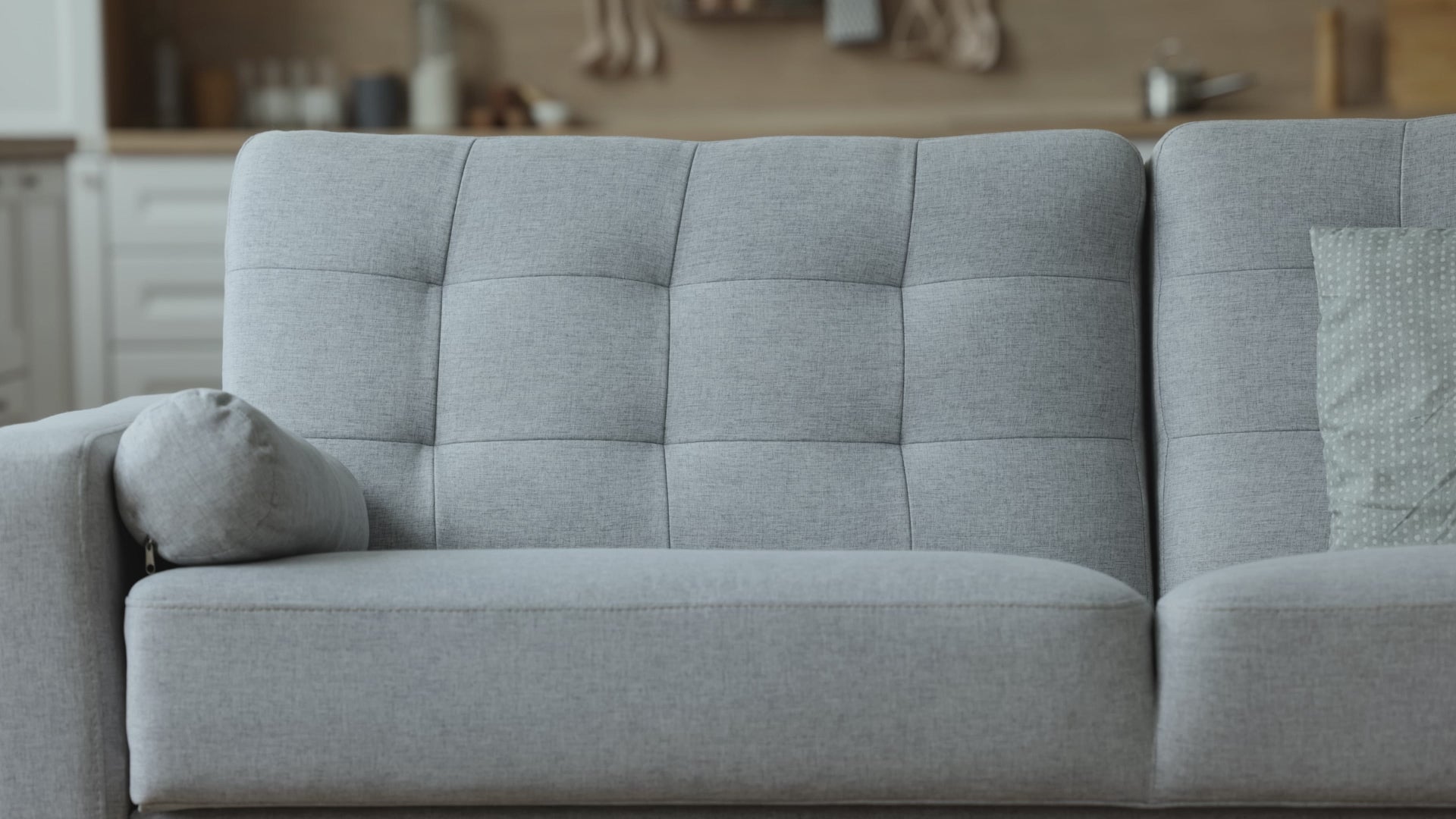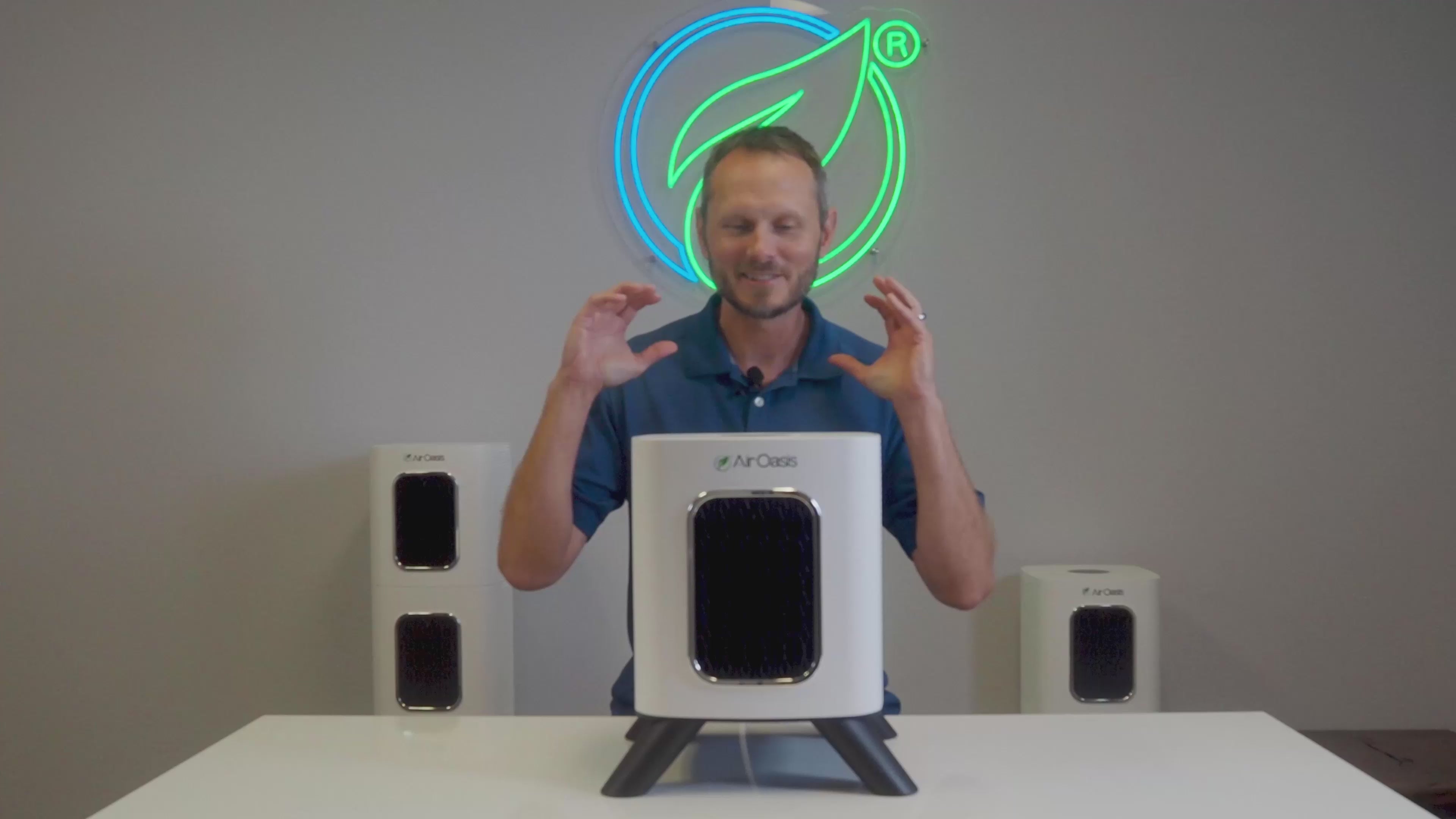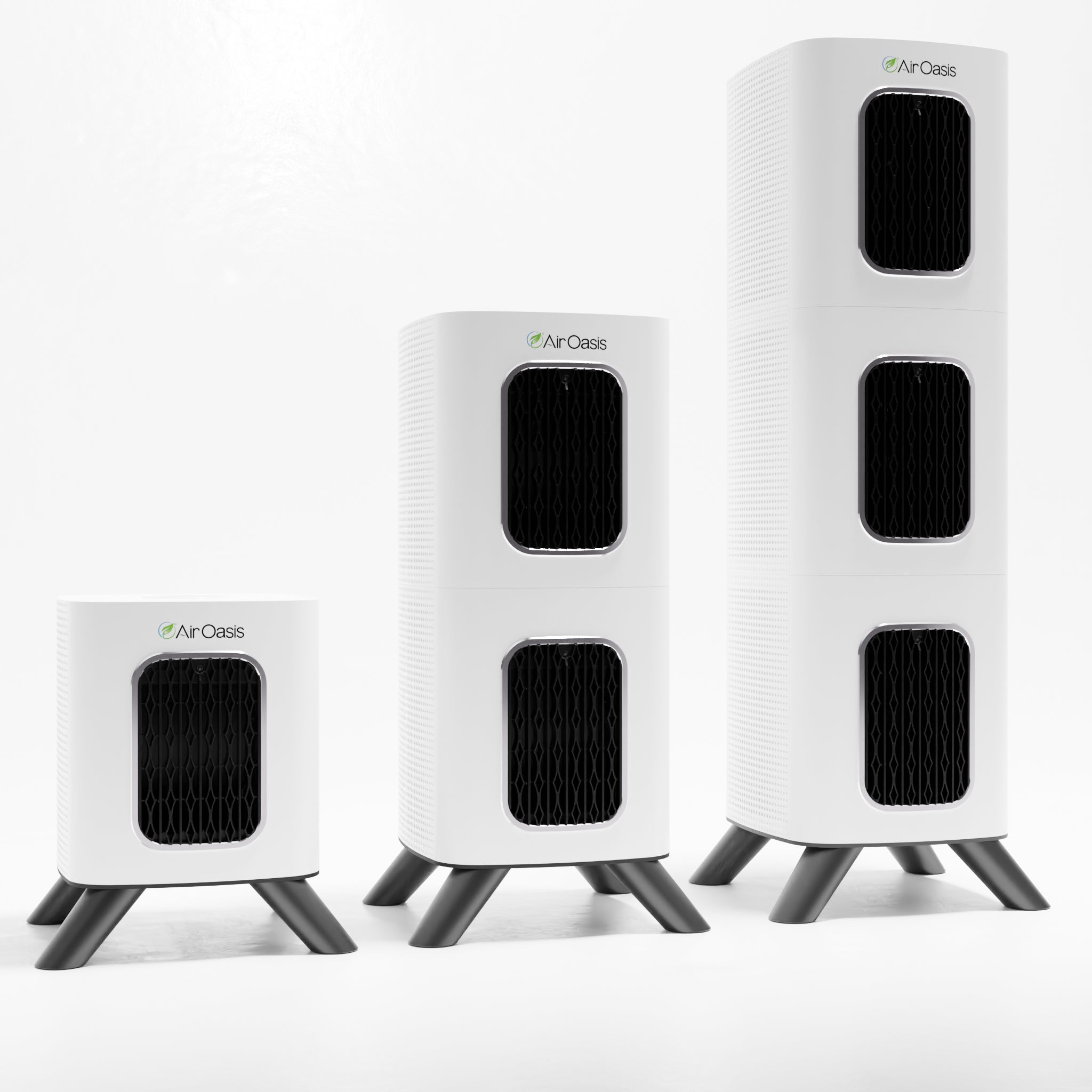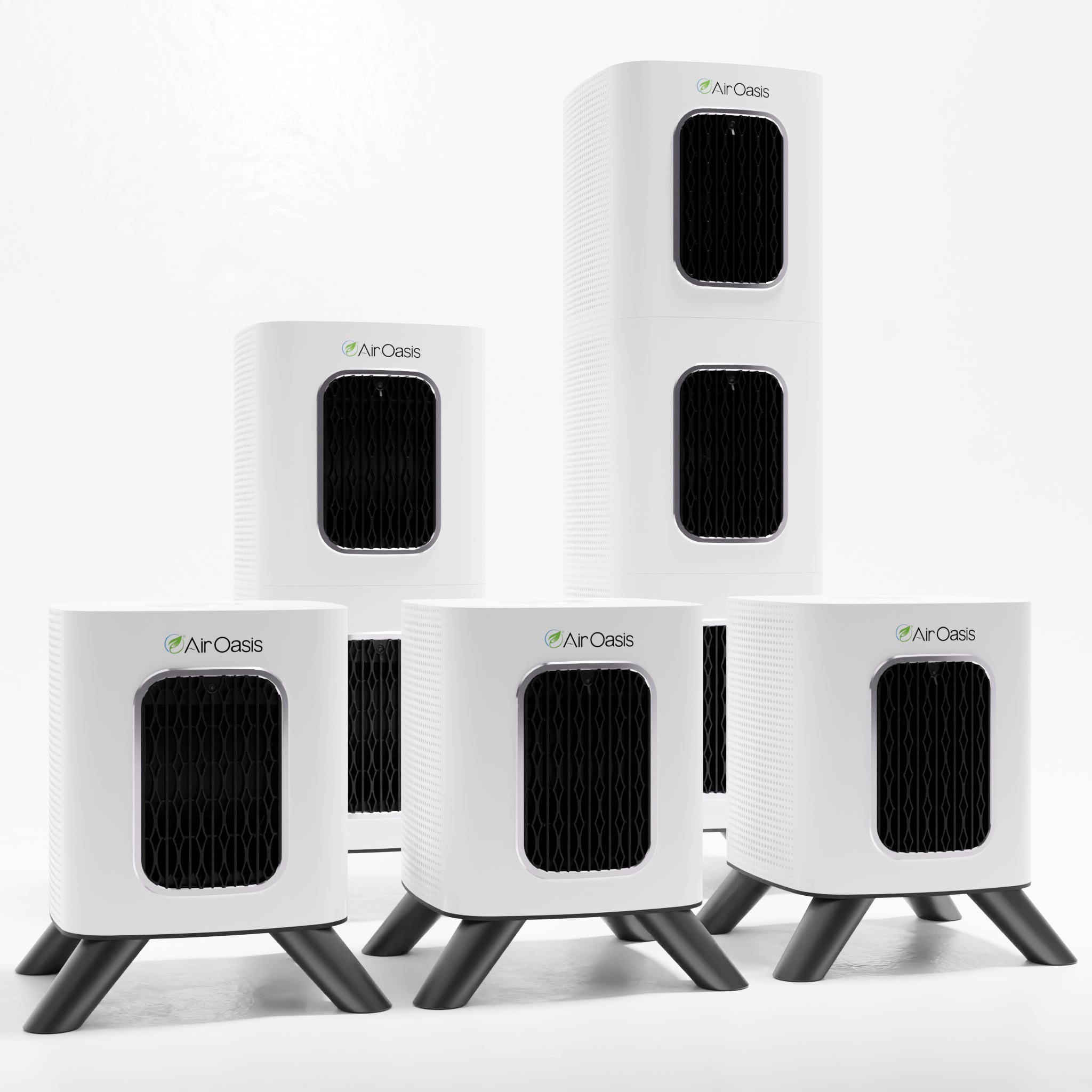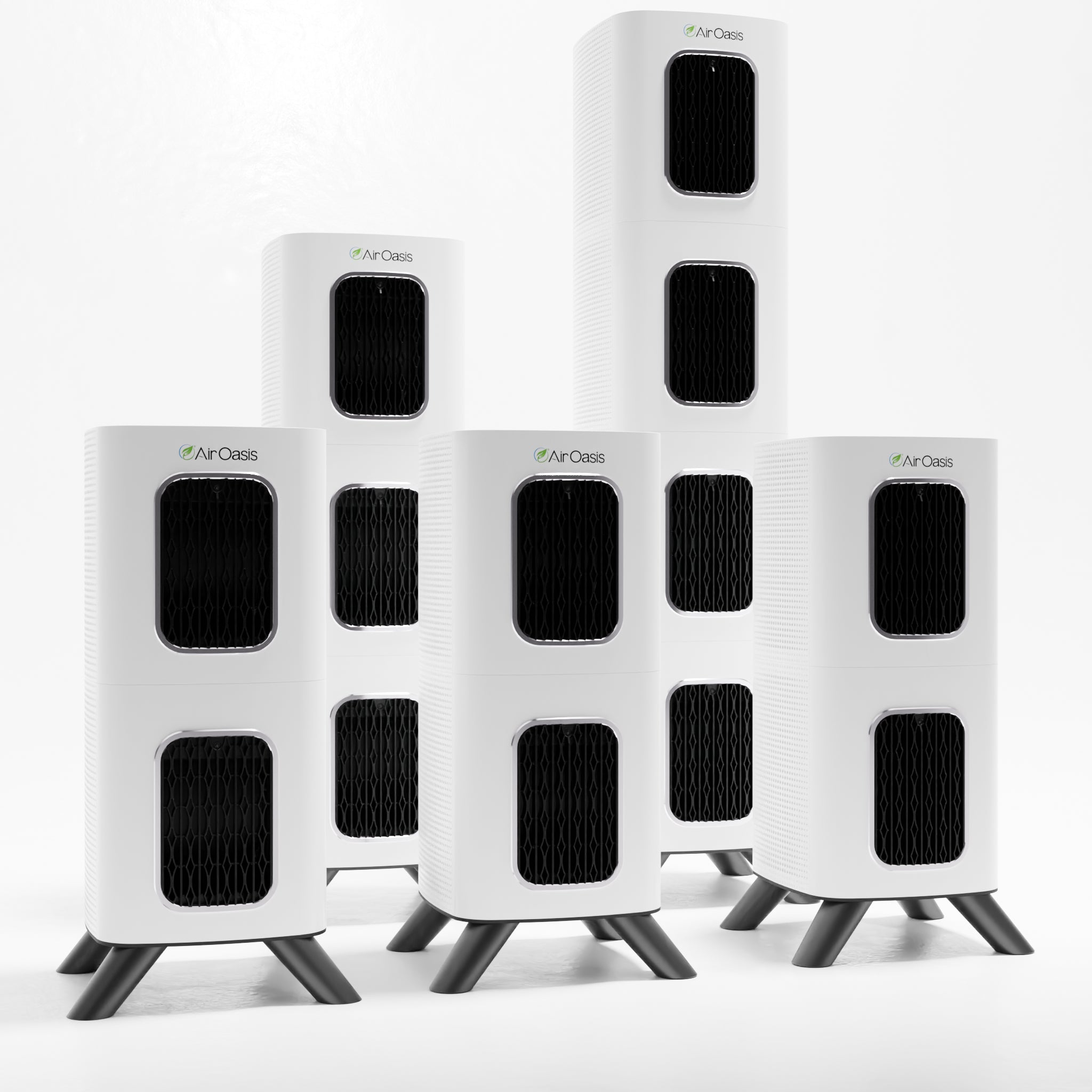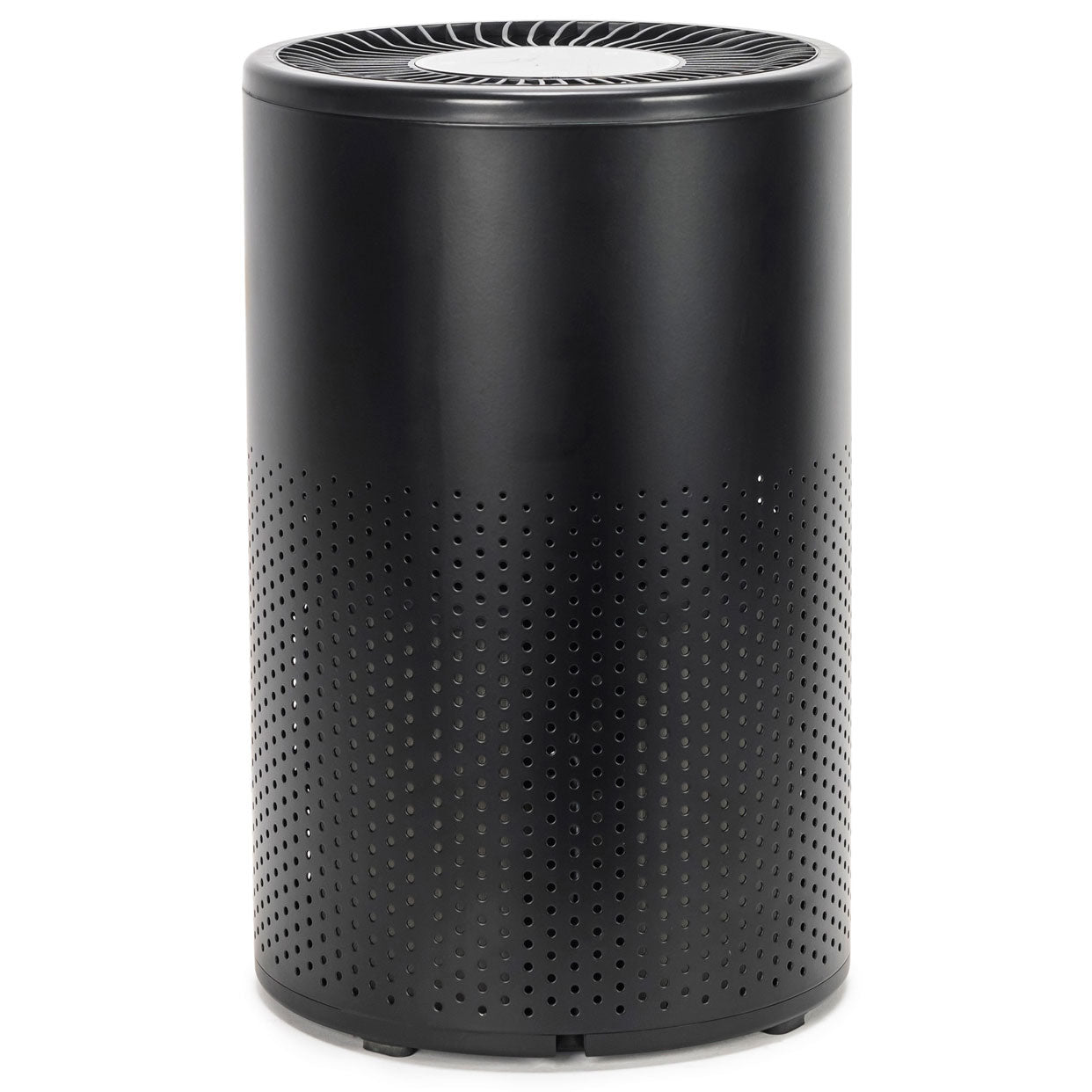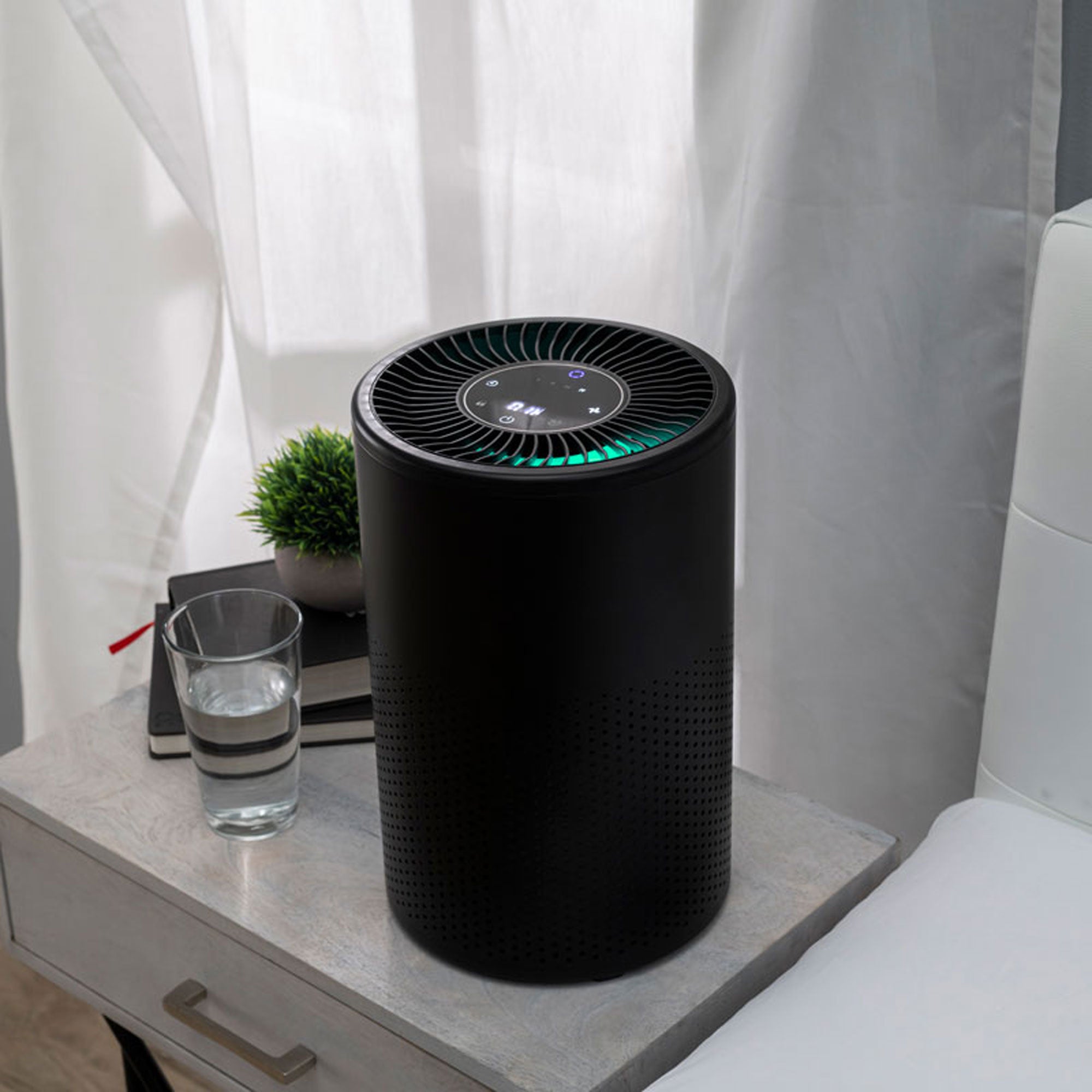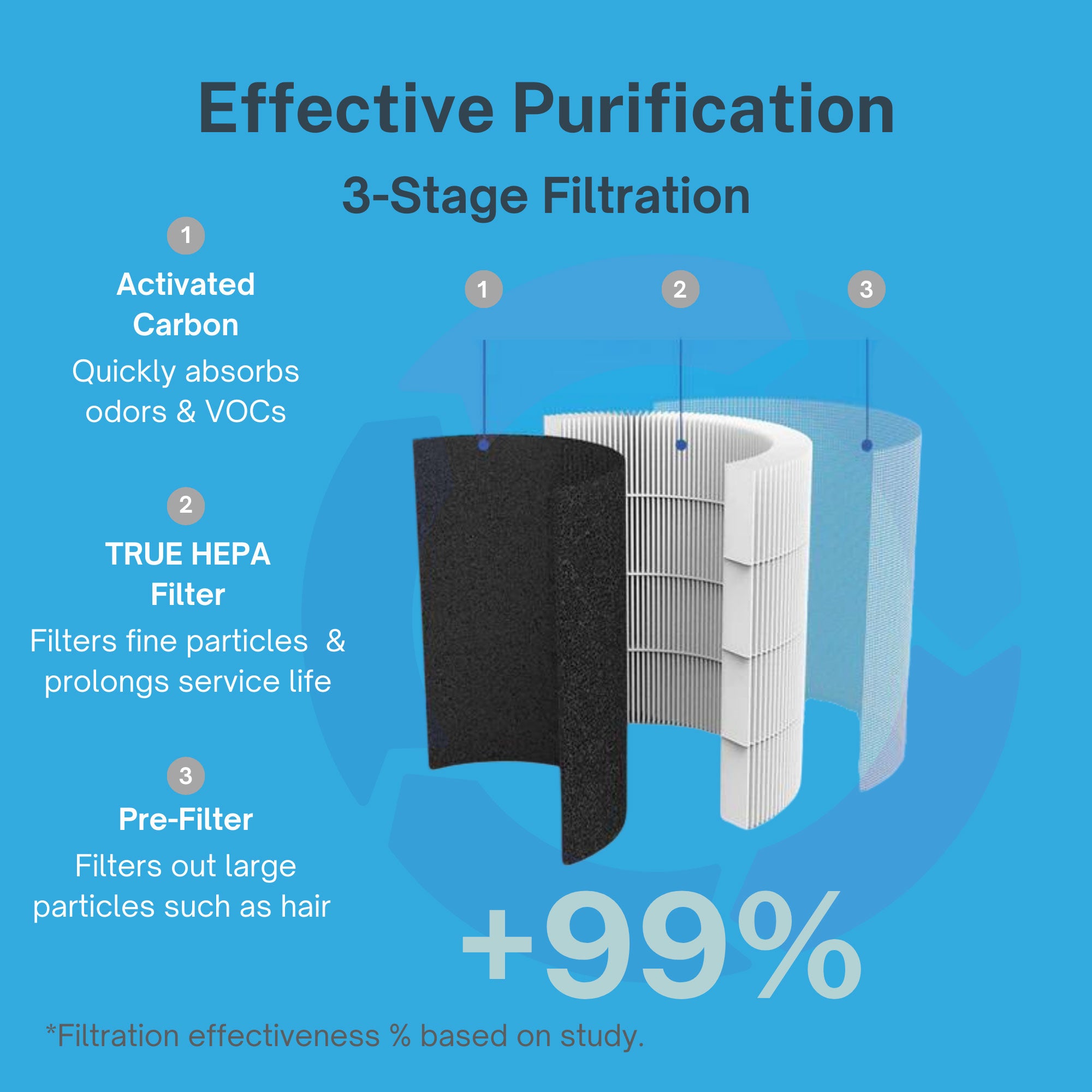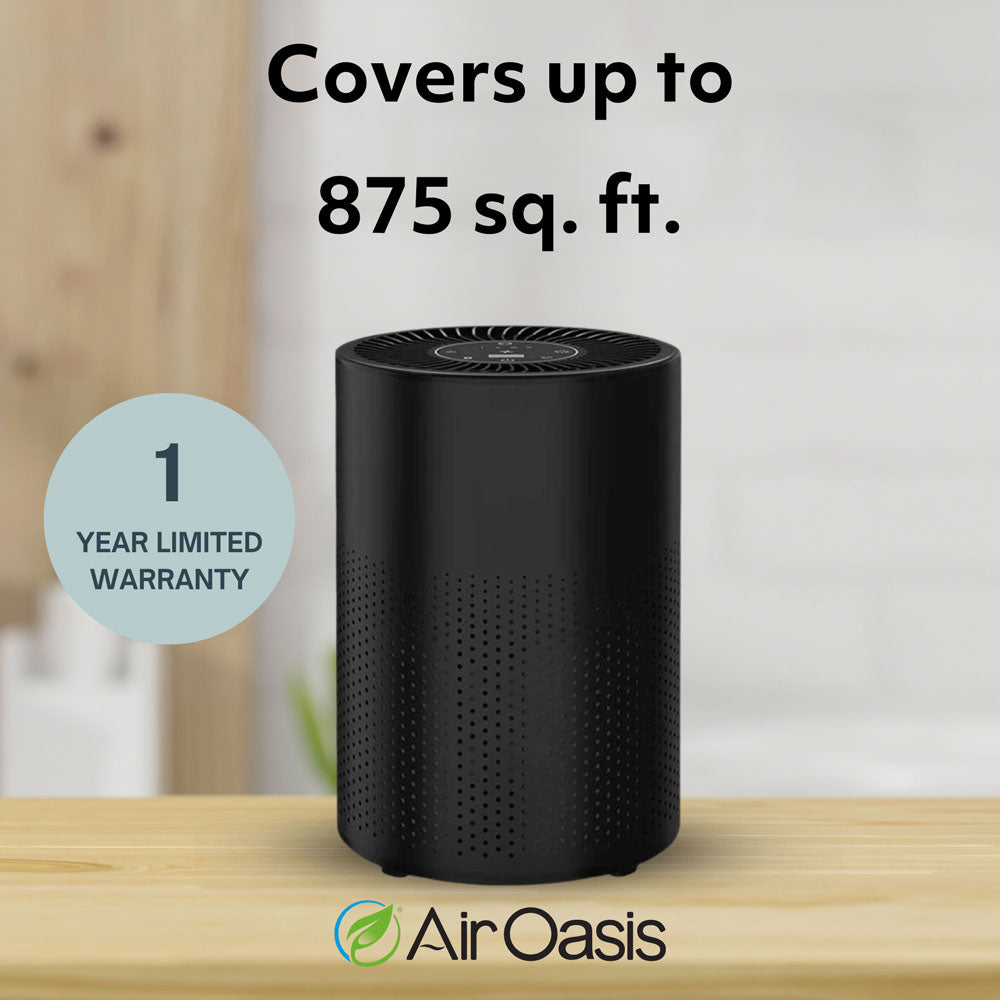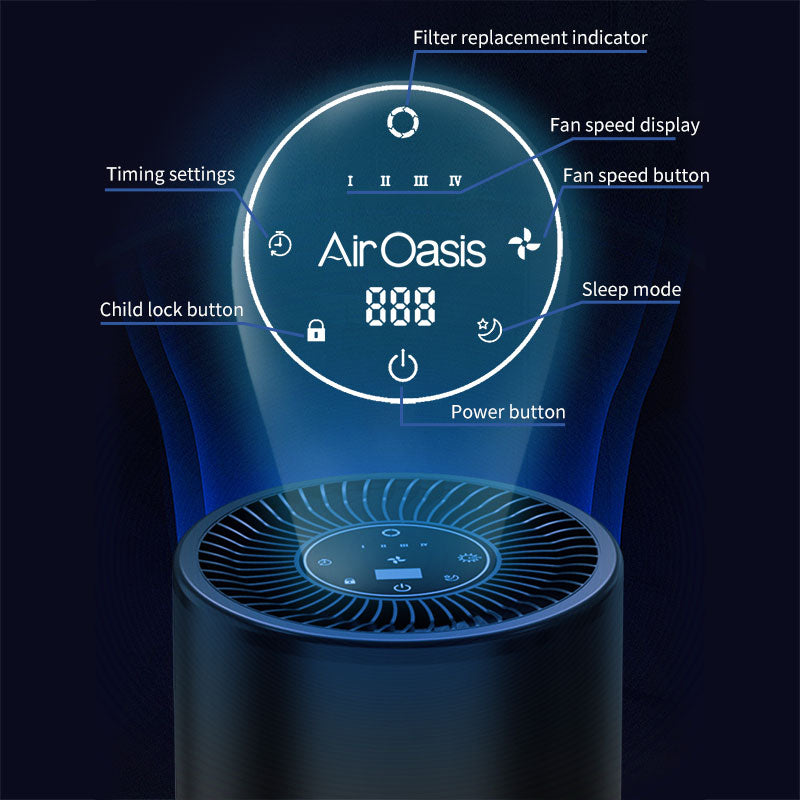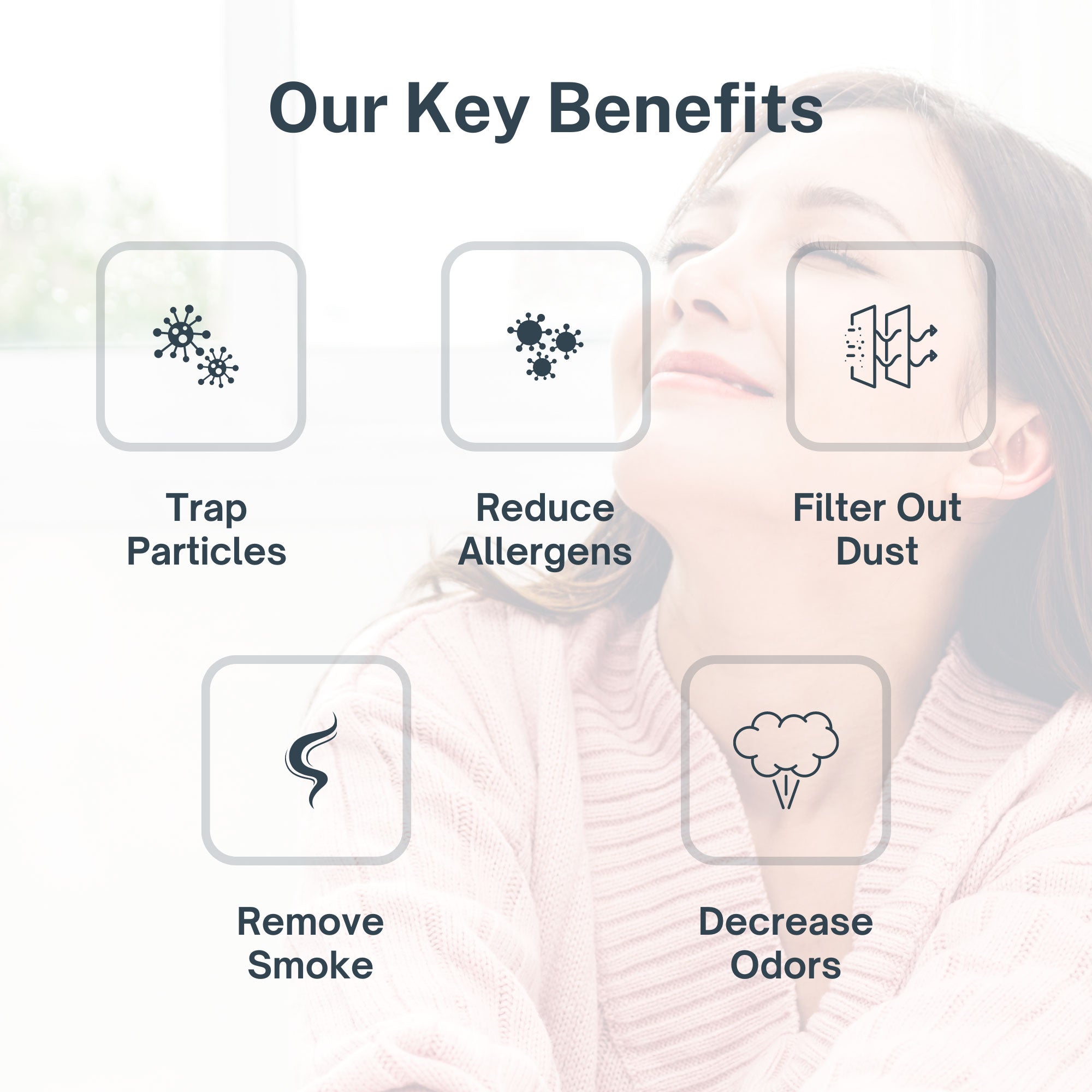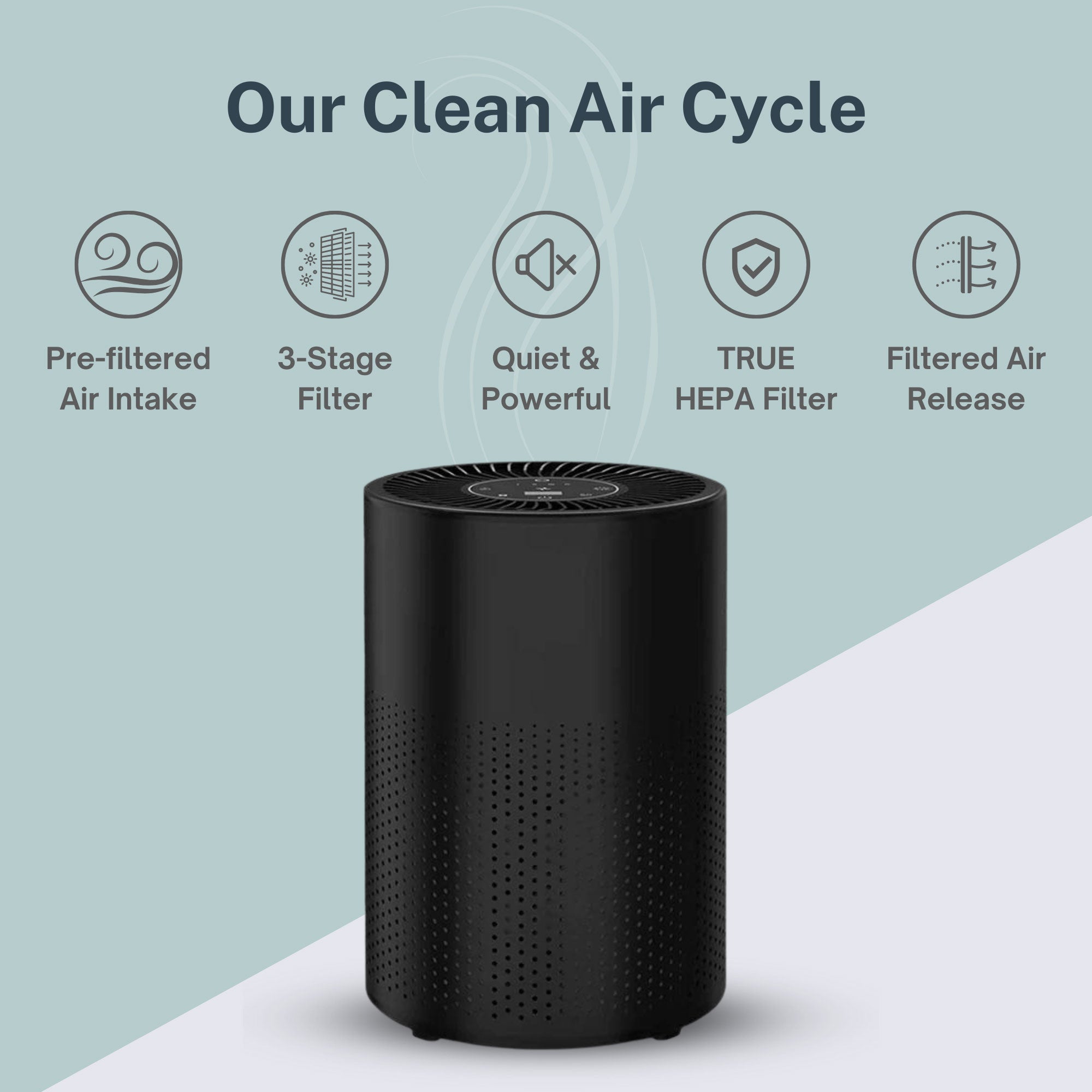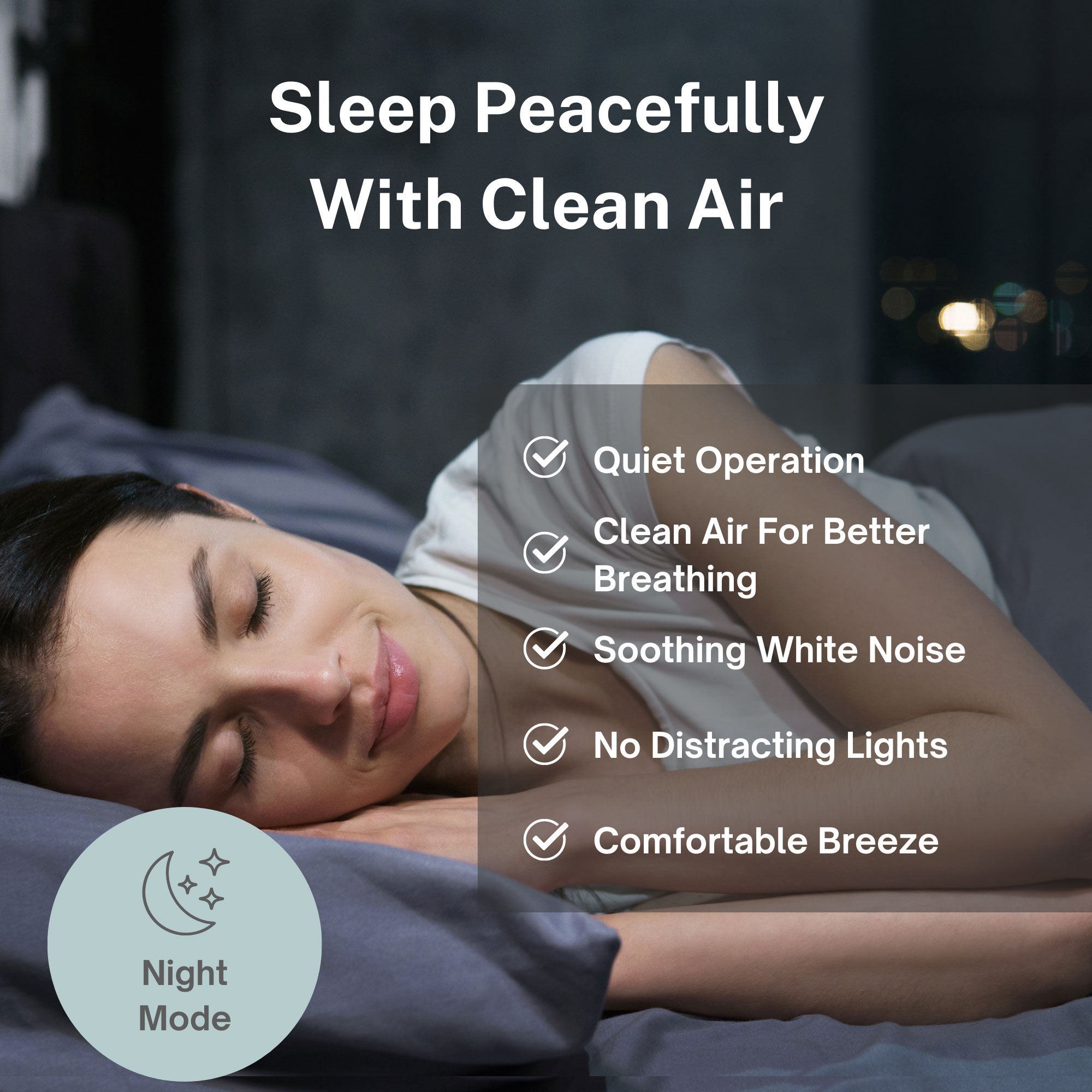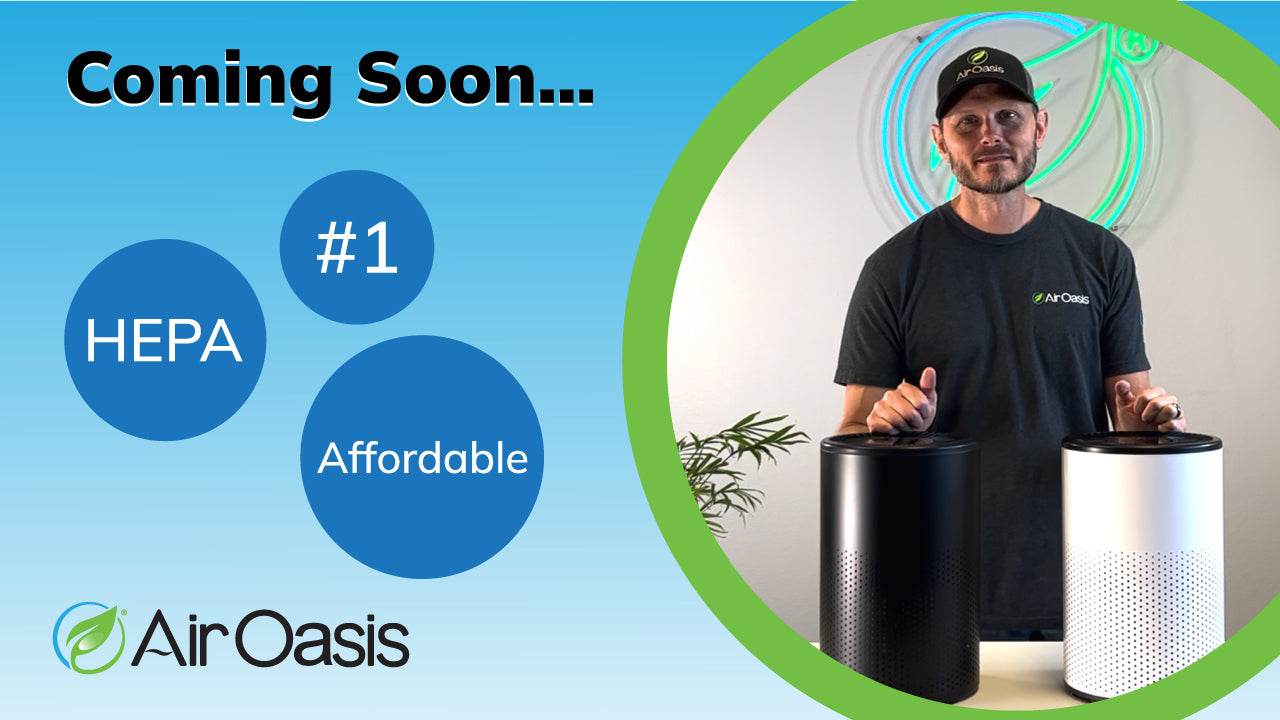Every parent’s goal is for their child to thrive. Anything unsafe to touch, breathe, or swallow affects children more than adults. Children, therefore, experience more severe health problems triggered by exposure to harmful environmental factors like dirty air.
When your child is first born, they spend most of their day in the nursery. Creating a healthy environment for your baby’s nursery is paramount for their overall health. Discover the transformative power of air purifiers for your baby’s well-being.
This blog will explore the benefits of using air purifiers in a baby's nursery and creating a healthy and safe space for your child.
The Importance of Clean Air for Babies
Infants or young children exposed to environmental pollutants from air pollution, chemicals, or allergens are at higher risk for noncommunicable diseases and infectious diseases, in addition to developmental delays. These adverse effects can lower a child’s lifelong socio-emotional, physical, and cognitive potential. Ensuring a child has access to clean environments is critical to nurturing adolescent care.
While research on the detrimental effects of air quality in children’s nurseries is scarce, poor indoor air quality can cause children to develop severe health conditions such as bronchitis, croup, RSV diseases, and asthma in infants. Allergens and airborne toxins in nurseries have also been linked to symptoms of dizziness, coughing, sinus congestion, nausea, fatigue, headaches, and irritation of the eyes, nose, and throat. Most alarmingly, however, is that exposure to indoor air pollutants has been linked to an increased risk of sudden infant death syndrome (SIDS).
Indoor air pollution frequently exceeds current guidelines in infant nurseries. Proper interventions should be taken to ensure a healthy indoor environment to protect the negative impact on a child’s health and well-being.
A baby’s lungs are not fully developed until they become adults, and their developing bodies are less efficient at detoxifying, metabolizing, and excreting toxins from air pollution. Any child under the age of six years old is more vulnerable to environmental pollutants because their respiratory and immune systems are not yet fully developed. Creating a clean and healthy environment for your child, beginning in infancy, is vital to best support your baby’s growth and development.
Understanding How Air Purifiers Benefit Baby's Nurseries
Most airborne pollutants and allergens trigger respiratory symptoms, the severity of which can range from uncomfortable to life-threatening depending on several factors, including your child's age. Air purifiers, especially ones with HEPA filters, improve indoor air quality by reducing airborne contaminants. Air Oasis air purifiers utilize the top five purification technologies: activated carbon and HEPA filtrations, cold plasma and bi-polar ionization, and UV light to remove even the tiniest particle contaminants from indoor air.
An air purifier can support your child against the annual sick season, wildfire smoke, COVID-19, allergens, and general VOCs in the air. Air purifiers with a HEPA filter are particularly efficient at removing dust, pollen, mold, bacteria, and other tiny airborne particles. Air purifiers play a critical role in supporting your child’s respiratory health and immune system and also in creating a clean, fresh, and allergen-free nursery environment.
Key Features to Look for in Air Purifiers for Baby's Nurseries
Once you have purchased a crib, changing table, and rocking chair, you may consider purchasing an air purifier for your baby’s nursery. Especially if you or your husband suffer from allergies or asthma, adding an air purifier to your baby’s nursery will help to ease potential symptoms your child inherits too.
Air purifiers with HEPA (high-efficiency particulate air) filters effectively remove at least 99.97% of dust, pollen, mold, bacteria, and other airborne particles. HEPA filters are the most effective option to eliminate as many allergens and contaminants from the air as possible.
VOCs can come from both outside and inside your home, with the most common sources being air fresheners, paint, and cleaners. Activated carbon filters work to specifically filter out volatile organic compounds (VOCs), which helps eliminate odors. Harmful pollutants such as gasses and odors commonly slip through even HEPA filters, making activated carbon filters significantly beneficial for filtering these harmful substances.
Whether this is your first child or your last, you likely know that noise and baby sleep do not typically mesh well together. Carefully consider the noise level of the air purifier you select. Air purifiers are rated for how large your space is, corresponding to how hard it is to work to clean the air in a room. When selecting an air purifier for your baby’s nursery, check for a decibel range. While some parents will want the quietest possible, others may opt to double an air purifier as a white noise sound machine to aid in baby’s sleep.
After the importance of HEPA filtration, activated carbon filters, and noise, you may also want to consider additional features for your air purifier. Some air purifiers will feature lights that may function as a night light, or you may want to avoid them if your baby is sensitive to light. Other considerations include timers, auto and sleep modes, filter change indicators, and app and voice control options.
Setting Up and Maintaining an Air Purifier in the Nursery
Position the air purifier so that it does not touch the walls or furniture so the unit can work optimally. Additionally, be sure to place the air purifier and plug cord out of reach of your baby’s crib where they may reach it while you are not in the room.
If your air purifier has a filter indicator light, be sure to replace the filter as soon as the light comes on. Otherwise, follow manufacturer recommendations for proper maintenance and filter replacement to ensure optimal unit performance.
Air purifiers are generally safe to use around babies and children. If your baby can crawl, keep the air purifier away from where your child may be able to crawl and reach it. As with any device in a baby’s nursery, secure cords and plugs your child can access.
Creating a Complete Healthy Environment for the Nursery
Contaminants in the air, such as dust, are especially harmful to children and babies. Regular cleaning and dusting in the nursery will help reduce the baby’s exposure to harmful airborne pollutants.
Use a thermostat or your baby monitor to watch your baby’s nursery temperature. High indoor humidity can result in heavier and more difficult-to-breathe air and harmful bacteria, yeast, and fungus growth. A baby’s room should be around 40 percent humidity for ideal conditions. Purchasing a humidifier for your baby’s nursery can be an easy way to monitor and control humidity levels.
Purchasing and using non-toxic cleaning products in your home, specifically in your baby’s nursery, is critical to reducing chemical exposure. Household cleaners are one of the main VOCs in the air and can harm a baby’s health. To further reduce your child’s interaction with VOCs, research the manufacturer’s material composition and formaldehyde emissions before purchasing furniture for your nursery.
With all the considerations and uncertainties surrounding bringing a child into this world, one thing is sure: cleaning the air in your home will only benefit your entire family. Purchasing an air purifier for your baby’s nursery is one the most beneficial things you can do to support your baby’s respiratory health, immune system, and overall health. With the help of Air Oasis’ HEPA-enabled air purifiers, you can filter the indoor air in your baby’s nursery and rest easy knowing your baby is bringing clean air. Shop the iAdapt AirⓇ in three sizes to find the best fit for your baby's nursery.
